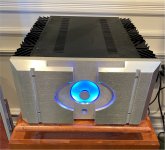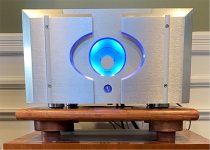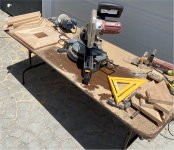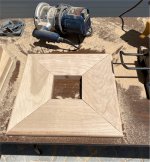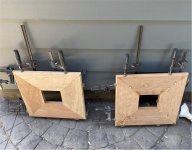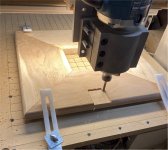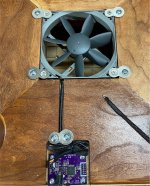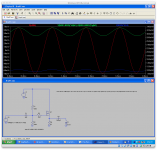Allô everyone, thanks for this forum and your attention.
This Marantz PM7200 cuts out the sound on both channels for a half a second on transients, and recovers. Until the next transient.
It will do it as well on not very dynamic music with volume pushed, at the slightest peak.
It does that on any source. It does it running in class A. It does it with "source direct" selected (no bass/treble controls). With that Tone Board in function, cutting the bass lessens the problem.
So my first thought was: lack of power reserves, so, bad capacitors?
(Amp draining test tune: Schonherz & Scott "wishing well" on Windham Hill https://www.youtube.com/watch?v=BAwxJg7mEr8)
And it also does it on headphones (Sennheiser HD518, 50ohms), no speakers fed. Which is a big relief as it takes the lovable Elipson 1303 out of the equation.
No hum, no relay clicks when sound cuts, no thumps from speakers, no hiss, no distortion.
As for distortion, i hear a certain "granularity", but i usually evaluate sound quality wearing headphones, and that headphone test was done playing a .mp3 from a Samsung phone...
(((
(i moved the Marantz to the bench to sneak inside. Replaced it (only to hear the Linux Pc used to stream live Radio-Canada 'cause we can't afford the Cable/Satellite Scam) with given to me STK powered Pioneer VSX515. Please everyone use that as last resort. It's awfull...even without headphones)
)))
...so i don't rely on that. Add to that that i don't hear much above 10Khz.
As for relay clicks, i can hear a couple relays clicking on power up sequence, but the speaker relays clicks are very faint. Maybe these click when the sound cut happens and i don't hear them. Anyways the sound always resumes after .5second without cycling Power, until the next transient.
On speaker out (without speakers plugged, no input, Vol at Min) i measured -2mv DC on R, -20mv on L. Same in class A. I did not do the other measurement (quiescent current?) yet, i need probe clips for those hard to reach test points.
On visual inspection (no dismantling, though) i didn't see any burns, bad traces, or bulging or obviously leaking caps. I only saw 2 suspect electrolytic capacitors, with whitish powder nearby on the board or on top. #2203 and #2204 (470mF and 2002mF) on the Tone Board.
And i was surprised to see on the schematic (if i'm reading right) that AC (what voltage??) is fed to that ToneBoard, direct from the main transfo, going through 4 rectifier diodes and to those 2 caps. So i wonder if they can be involved (if bad) and how, as the sound cut happens even with that ToneBoard out of the signal path (source direct).
That fault developped and got worse with time. It was not there when i first used the amp (bought used, 2-3?? years ago). Which makes me hope that some weakness was already present whaen i first played it, for i immediately missed my precedent music companion HarmanKardon PM660. The Marantz lacked the "Ooumph" (what a nicely eloquent audiophile term ;-) ). I was even more sorry when i played a vinyl on it, but i now know i can correct that wrong capacitance on the input, thanx to knowledgable inhabitants of these forums (fora? fori? forae? pardon my poor Latin).
I should also mention that i seldom put the marantz on Standby, it was On 24/7

<slapping own fingers>.
I researched bad capacitors (i now know how to discharge before testing, for one thing) and sound cutting and related stuff for a week. Apart from surface mount, i can manage a soldering iron (i remember replacing diff pairs on the HK, the Marantz will be a joy to work in) and multimeter and basic safety measures (grrr, i need probe clips), so throw it at me ;-)
Sorry for the verbose precision, i think i told you all i observed.
And thank you all for your insights and help.
service manual:
https://www.hifiengine.com/hfe_downloads/index.php?marantz/marantz_pm7200_service.pdf
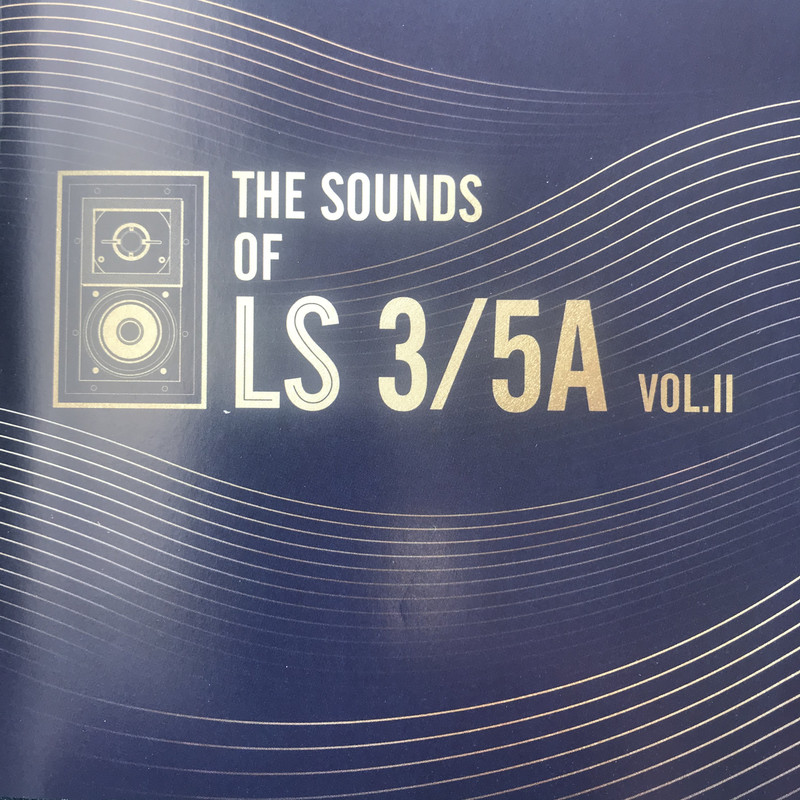
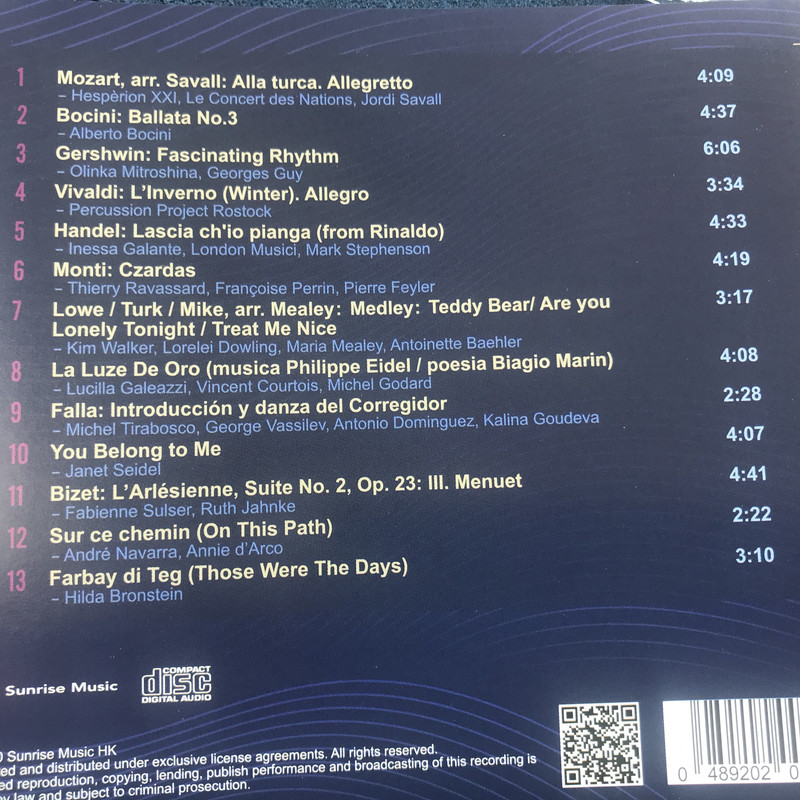
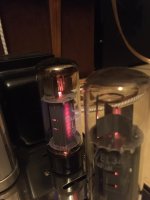

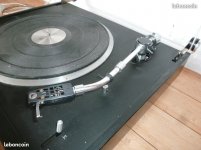
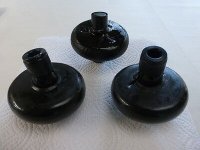
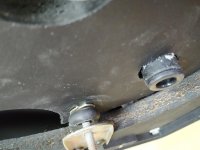
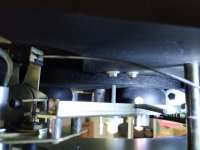

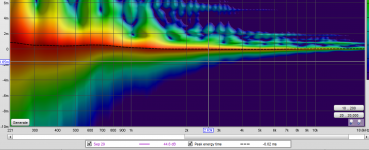
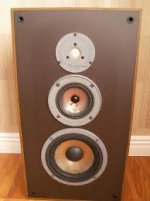
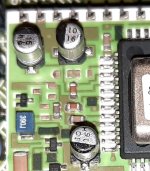
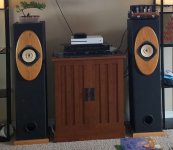
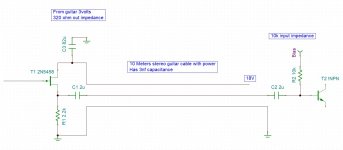
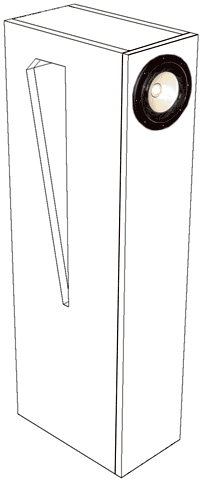
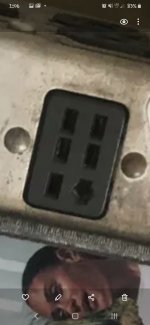
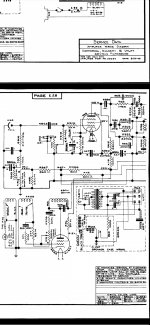
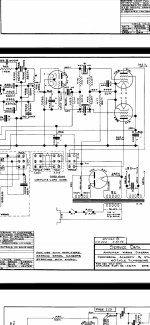

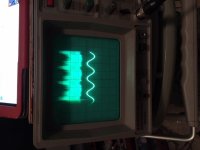
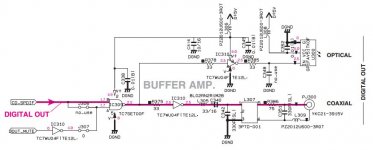
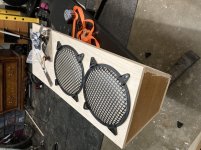
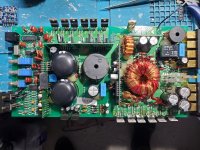


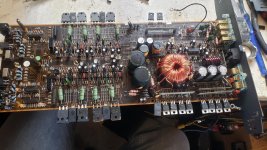
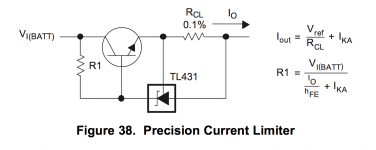
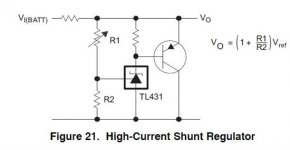
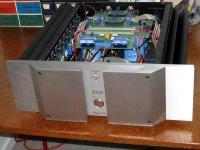
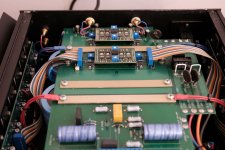
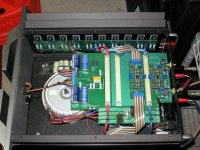
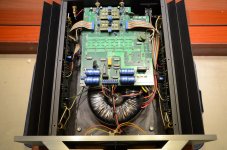
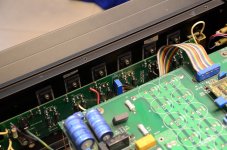
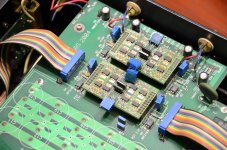
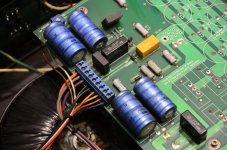
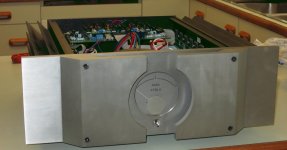


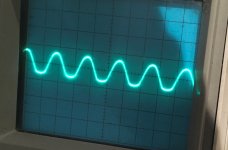
 <slapping own fingers>.
<slapping own fingers>.